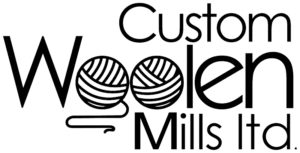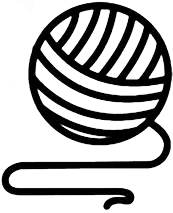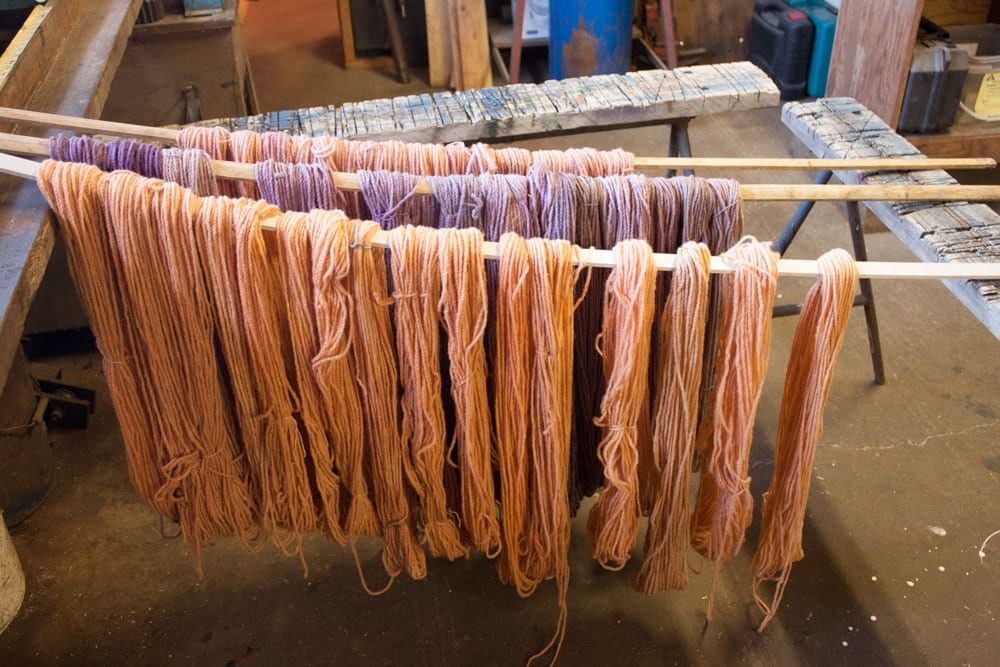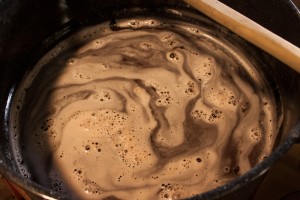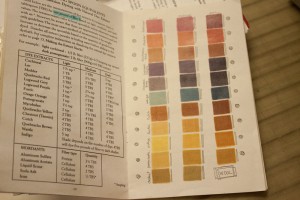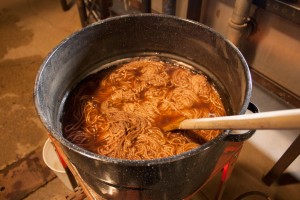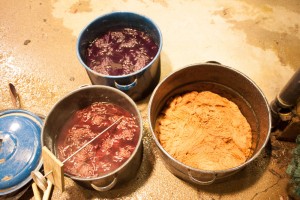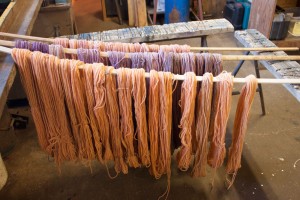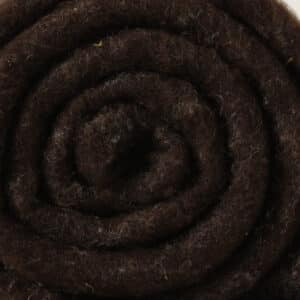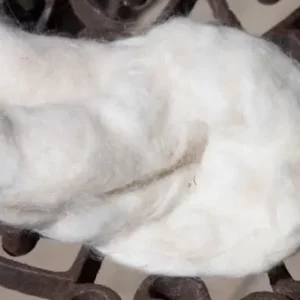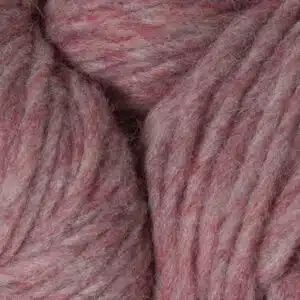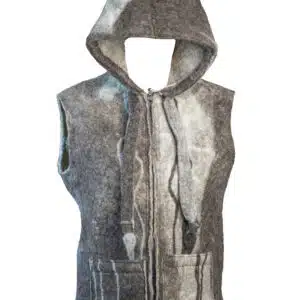It has been a few years since we last had the opportunity to do any natural dyeing and, man, are we excited to get back to it!
Natural dyeing is the ancient process of using things like flowers, leaves, bugs, and tree bark to dye wool (or cotton, or silk, or alpaca, or any other natural fibre). Genearlly, the natural dyestuff is mixed with water to create a dye vat, then the fibre to be dyed is added to the vat and the whole thing is heated up and simmered until the colour from the dye vat transfers to the fibre.
Some dye stuffs require a chemical helper, known as a mordant, to cause the colour to adhere to the fibre. Traditionally, this is where urine, vinegar, or alum would come in, however, today, there are many different mordants used, including chrome, tin, copper, and iron, each creating a different colour with the dyestuff. There are many different approaches to natural dyeing, but we like to follow the methods and philosophy of Michele Wipplinger at Earthues, in Seattle. She doesn't use mordants like chrome and tin, which can be harmful to the environment when put into waste water and may not be the safest things to handle, either, but rather sticks to using the completely safe substance, Alum.
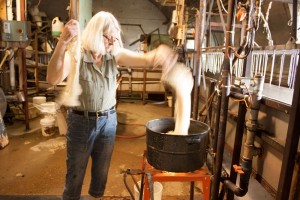
For our first refresher session on natural dyeing we decided to use dyestuffs that had already been crushed into a powder and so just needed to be added to water. We made one vat using Madder root over white skeins, one vat using Cochineal bug over grey skeins, and one vat using Madder root and Cochineal bug over white skeins.
These naturally dyed pink, purple and orange skeins are going to be used in our Northern Harvest Natural Dye Toques and Knitting Kits. Now that we are back in the swing of natural dyeing, the sky is the limit....so...indigo, here we come!
